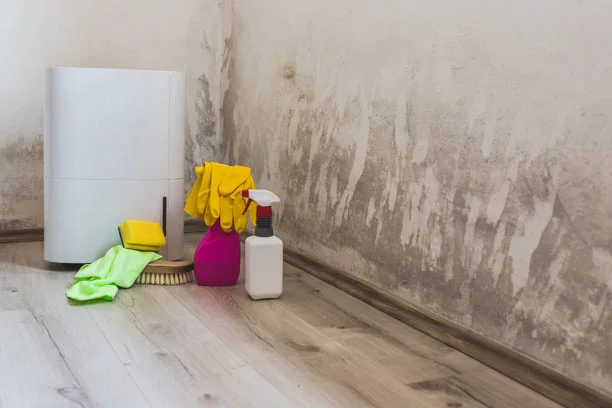Does Homeowners Insurance Cover Mold?


Homeowners insurance can provide protection for many causes of damage, but you may be wondering whether your coverage includes mold. Because homeowners insurance is intended for sudden and accidental events, mold that occurs over time is typically not covered. However, there may be instances where mold is covered by your policy.
There may be limited coverage available on homeowners policies for mold in cases of sudden and accidental water damage, if the damage is covered by the policy. For example, a pipe bursts suddenly and results in a water leak. Some other instances of when mold may be covered by your policy could potentially include:
If the mold in your home is covered by your insurance policy, it may include the cost to repair the damage, the cost to gain access to and remove the mold and the cost of testing to ensure the mold has been eliminated.
Usually if the mold is a result of neglect or from an ongoing water leak or condensation from humidity, moisture or vapor, it will not be covered by your homeowners insurance policy. Other instances when mold may not be covered could include water damage from a flood or water that seeps through the foundation of your home.
It ultimately depends on what is covered by your policy. If you are concerned about the potential of mold, you can follow the prevention tips outlined below.
Water backup of sewers or drains may be an additional coverage that you want to add to your policy. This provides coverage for damage that may be caused from the backup of drains and sewers or from sump pump overflows. A sump pump is designed to collect and extract water surrounding your foundation. If your sump pump overflows, you may have excess water in your basement that could result in mold.
Keep in mind that you can’t add coverage to your policy for damage that has already occurred during the claims process. If you believe you are at risk for excess water in or around your foundation, you could consider adding water backup of sewers or drains to ensure you are protected.
Anywhere there is moisture can potentially grow mold, including your ceiling tiles, walls and bathrooms. Keeping moisture under control is a key component in managing mold growth. Here are some ways you can prevent mold from growing in your home:
You can protect your home by incorporating practices that prevent mold, but accidents can happen. To learn more about your homeowners insurance policy and what protections it provides for mold, contact your Farm Bureau agent.